Chlorine & Chloramines: Common Chemicals in Our Water
In the late 1800s there was a very good chance that drinking beer was healthier for people than drinking water from most local water supplies. No telling what was lurking in some drinking water that could wreak havoc with someone’s digestive system – or worse. With progress starting to be made in the water quality field not long after, changes would be coming soon.
Municipalities in the U.S. first began using chlorine to treat drinking water in the early 1900s. The year 1908 and the locale of Jersey City, NJ, are often cited as the time and place that routine municipal water treatment with chlorine originated in our country. The use of chlorine outside of the U.S. can be traced as least as far back as England in the 1890s.
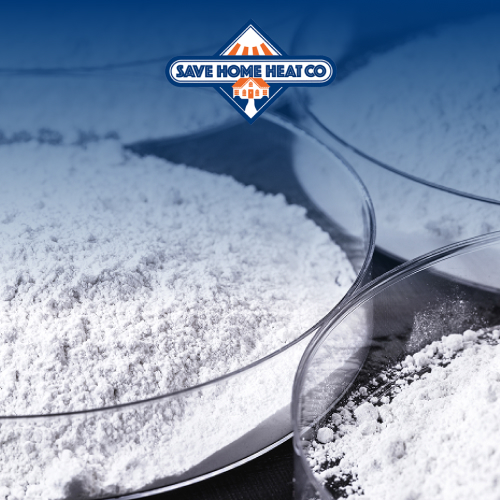
The use of chlorine to sanitize drinking water has helped to virtually eliminate diseases like typhoid fever, cholera and dysentery in the U.S. and other developed countries. In this blog post, our water quality team at Save Home Heat Company will take a closer look at chlorine and its cousins chloramines, the role they play in our society, the benefits they provide, and also the potential health risks they may pose.
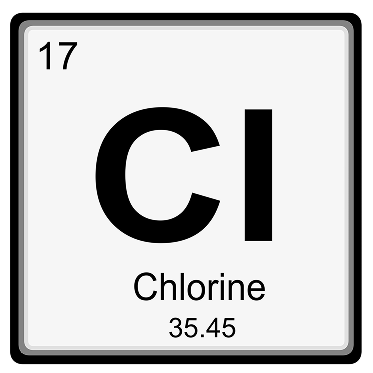
What are Chlorine and Chloramines?
Chlorine and chloramines are disinfectants commonly used to treat drinking water in municipal supplies, but they differ in composition and their properties:
Chlorine
Chlorine is a highly reactive, yellow-green, gaseous natural element. While it cannot be found in its pure, elemental form in nature, chlorine is a component in many chemical compounds in our daily life, most notably common table salt (sodium chloride). Historically, chlorine was used in the production of chloroform for anesthetic purposes, but its use for this purpose was discontinued due to health hazards. Today, it is often used as a disinfectant and sanitizer in many applications, including water treatment and a variety of industrial processes.
 Although chlorine is a stronger sanitizer than its counterpart chloramines, most cities and towns around the Denver area rely almost exclusively on chloramines for municipal water treatment and sanitation. While less potent than chlorine, chloramines are an effective disinfectant and in a number of ways are better suited for our region’s needs. In some parts of the country, water systems alternate between chlorine and a chloramine or use both in combination, but that’s not often the case in our area. More on that below.
Although chlorine is a stronger sanitizer than its counterpart chloramines, most cities and towns around the Denver area rely almost exclusively on chloramines for municipal water treatment and sanitation. While less potent than chlorine, chloramines are an effective disinfectant and in a number of ways are better suited for our region’s needs. In some parts of the country, water systems alternate between chlorine and a chloramine or use both in combination, but that’s not often the case in our area. More on that below.
Chloramines
Chloramines are a group of disinfectants that are widely used in treating municipal drinking water. They’re made by combining chlorine with ammonia, an invisible gas that easily dissolves in water. The most common type of chloramine used in water systems is called monochloramine. Like chlorine, chloramines help kill germs and keep our water safe, but they exhibit some important differences. Primarily and most important, chloramines last much longer in water than chlorine before they break down and lose effectiveness. As a result, chloramines typically do a more reliable job than chlorine of maintaining sanitary conditions as water travels through delivery piping and storage tanks on its way to homes and businesses.
The Benefits of Chlorine & Chloramines
Seen as a whole, chlorine and chloramines are primarily used for treating municipal water supplies, but there are several other uses for these chemicals. These include:
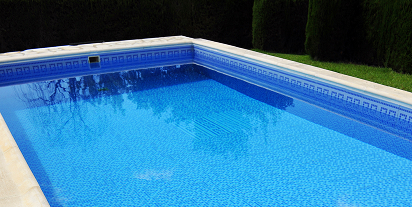
- Sanitizing water in swimming pools and spas
- Household disinfectants and cleaning products
- Industrial solvents
- In the production of various chemicals (including plastics)
- Bleaching and whitening paper and textiles
- Disinfecting sewage and waste from manufacturing plants
Besides killing dangerous germs like unhealthy bacteria, viruses, and parasites, chlorine and chloramines help reduce unpleasant tastes and odors in water. They also help eliminate slime bacteria, molds, and algae that may grow in reservoirs, on the walls of water mains and distribution piping, and in storage tanks.
In addition to helping to virtually eliminate serious diseases such as cholera and typhoid, chlorine and chloramines are also effective at killing germs that cause diseases such as hepatitis and salmonella.
Potential Negative Impacts of Chlorine and Chloramines
While there are benefits to treating water supplies with these chemicals, ongoing research indicates that there are some potential drawbacks, as well.
While chlorine and chloramines are effective disinfectants, both can cause irritation to the eyes, throat, skin, nasal passages, and lungs—especially at higher concentrations or with individuals who are especially sensitive or have related health conditions. Like many things in life, neither option is perfect, and each comes with its own set of potential negative impacts. For example, chlorine is more likely to create what are called Disinfection Byproducts (DBPs) – potentially harmful chemicals that can form when chlorine reacts with organic or inorganic materials in water. (If you’re curious to learn more, we recommend searching “THMs” or trihalomethanes.)
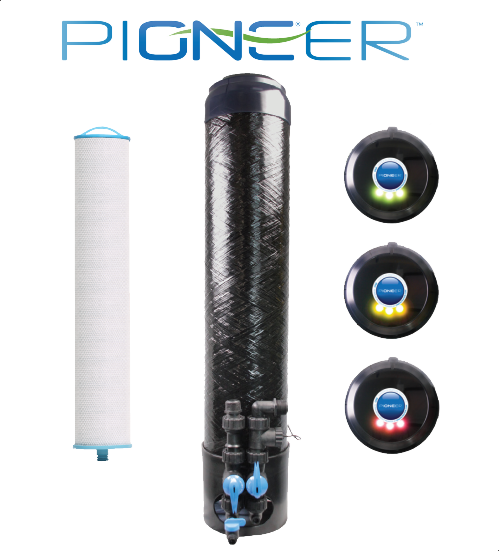 Chloramines, despite their benefits in water distribution systems, can encourage the growth of a slimy layer inside piping, called biofilm. Biofilm can make it harder to kill germs, prompting some municipalities to temporarily switch to chlorine to boost cleaning in the system, when needed. Additionally, both chlorine and chloramine can affect the taste of drinking water. Because of these concerns – ranging from potentially negative health effects to simply unpleasant smell or taste – many homeowners choose to remove these chemicals from their home’s entire water supply or at specific points of use, such as at kitchen faucets.
Chloramines, despite their benefits in water distribution systems, can encourage the growth of a slimy layer inside piping, called biofilm. Biofilm can make it harder to kill germs, prompting some municipalities to temporarily switch to chlorine to boost cleaning in the system, when needed. Additionally, both chlorine and chloramine can affect the taste of drinking water. Because of these concerns – ranging from potentially negative health effects to simply unpleasant smell or taste – many homeowners choose to remove these chemicals from their home’s entire water supply or at specific points of use, such as at kitchen faucets.
Testing Water for Chlorine and Chloramines
Our team at Save Home Heat Company can provide onsite water testing for chlorine and chloramines, using quality, industry-standard test kits. In most cases, in order to focus on what’s truly in our customers’ best interests, we test in-home for “total chlorine,” which includes both chlorine and chloramine levels combined. If our customer prefers, we can also test for “free chlorine,” in addition (which doesn’t cover chloramines), do a little math, and determine the levels of both chemicals.
Mitigating these Chemicals in Your Drinking Water: Carbon is Key!
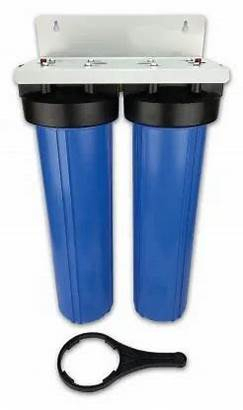 When it comes to safely removing or neutralizing a variety of chemicals from your home’s water supply – in this case, chlorine and chloramines – carbon is a key element. Water filters that contain activated carbon are effective at removing a broad range of contaminants because of carbon’s physical and chemical properties. Through the process known as “adsorption,” contaminants are attracted to activated carbon in the water filter media and held to it (search “van der Waals forces” to learn more). Because of carbon’s excellent adsorption properties, activated carbon is one of the most common mediums used today in many different types of both water and air filters.
When it comes to safely removing or neutralizing a variety of chemicals from your home’s water supply – in this case, chlorine and chloramines – carbon is a key element. Water filters that contain activated carbon are effective at removing a broad range of contaminants because of carbon’s physical and chemical properties. Through the process known as “adsorption,” contaminants are attracted to activated carbon in the water filter media and held to it (search “van der Waals forces” to learn more). Because of carbon’s excellent adsorption properties, activated carbon is one of the most common mediums used today in many different types of both water and air filters.
Carbon filters also act as a catalyst to change the chemical composition of some contaminants to more benign compounds. Activated carbon is well suited for removing or neutralizing chlorine and chloramines, organic chemicals such as pesticides, Disinfection Byproducts such as chloroform, a broad range of VOCs (Volatile Organic Chemicals), and other substances.
Proven solutions for removing chloramines and chlorine from water include:
- Dedicated carbon filter (point-of-use or whole-house applications)
- Point-of-use reverse osmosis (RO) filters: While many RO filters on the market are not effective at removing chloramines, several of the FreshPoint Series RO filters from Pentair that our team installs are effective at removing the ammonia component of chloramines, as well as neutralizing chlorine. The 4-stage RO filter is our most popular
- Advanced whole-home filtration: Our team recommends the PIONEER Pb from Enpress for advanced whole-house water filtration that not only removes chlorine and chloramines, but also effectively removes lead and a broad range of other water pollutants
 Lastly, our highly experienced, Water Quality Association certified, staff Master Water Specialist is adept at designing custom filtration systems, using standard, high quality filter components from trusted manufacturers such Pentair, targeting issues such as chloramines and others to match your specific needs.
Lastly, our highly experienced, Water Quality Association certified, staff Master Water Specialist is adept at designing custom filtration systems, using standard, high quality filter components from trusted manufacturers such Pentair, targeting issues such as chloramines and others to match your specific needs.
Ultraviolet/UV Filtration for Private Wells
Unlike municipal water systems, for many homes that have a private well there is often little or no water treatment added to the well after it’s initially put into service. Literally decades can go by before the water in a private well is tested or treated again. This is not something that our water quality team recommends or is happy about, given changes that can occur with our natural water supplies, over time.
Therefore, it probably makes sense to learn more about your home’s water quality, you may even want to consider reaching out to other residents in your area to learn if they have had any issues worth noting. Of course, this points toward having your water tested.
In the case of protecting a private well’s water supply against harmful germs and bacteria before they can enter your home or before the water leaves your faucet, an ultraviolet (UV) water treatment system is our prescribed solution. A professionally installed, quality UV filter very likely exceeds the level of sanitation that’s provided by chloramines and chlorine in municipal water supplies – albeit with a different approach. A UV water filter bathes incoming water in ultraviolet rays as it flows thru the unit, providing a highly effective means for sanitizing water.
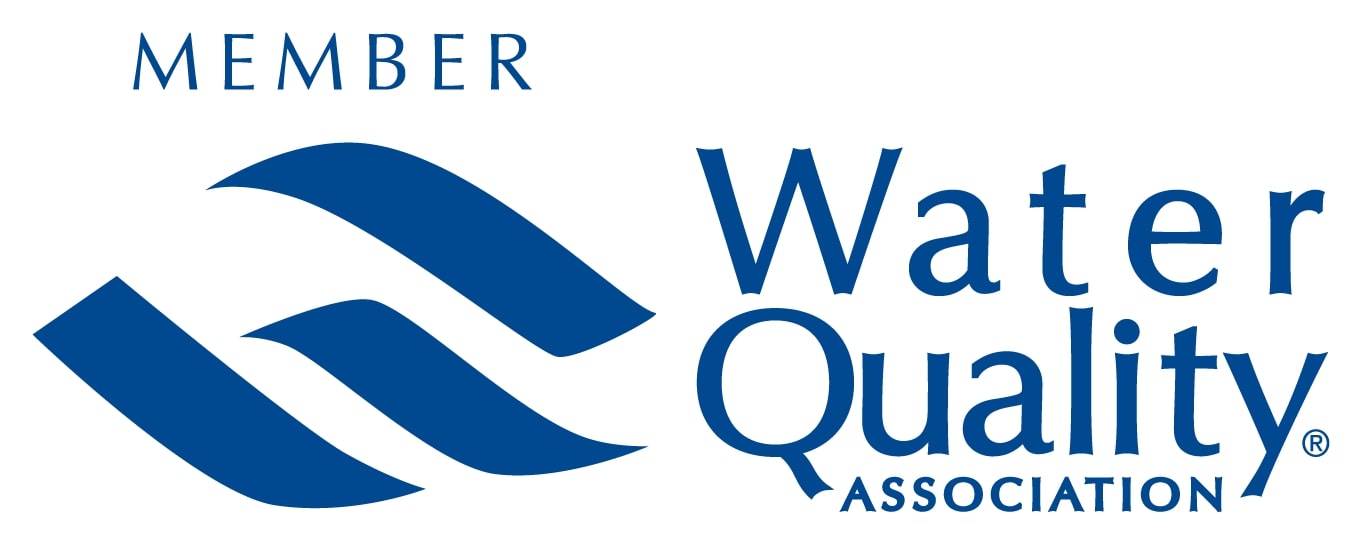
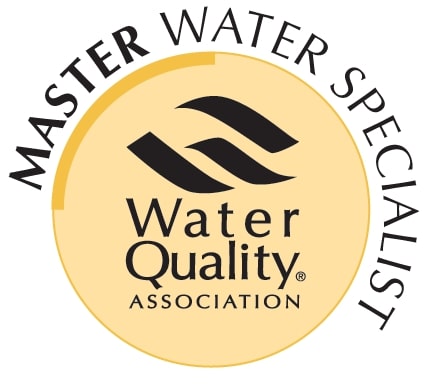
Expert Water Testing in the Denver Metro, Boulder, and Loveland Areas
 In the Denver/Boulder and Loveland/Longmont areas, our plumbing team at Save Home Heat Company is highly qualified to address your water quality and water testing needs. Looking out for the best interests of our customers, we’ll continue to beat the following important drum: Water testing is the most logical first step toward achieving improved water quality in your home.
In the Denver/Boulder and Loveland/Longmont areas, our plumbing team at Save Home Heat Company is highly qualified to address your water quality and water testing needs. Looking out for the best interests of our customers, we’ll continue to beat the following important drum: Water testing is the most logical first step toward achieving improved water quality in your home.
We offer complimentary in-home water testing for nine of the most common water contaminants, including chlorine and chloramines. For pollutants or issues that cannot be tested for onsite, our water quality team works with established, state-accredited laboratories. These next-level lab tests can detect the presence and levels of substances or issues such as lead, uranium, manganese, zinc, cadmium, arsenic, parasites, coliform and other types of unhealthy bacteria, and much more. We can even coordinate testing for you that might be needed for a real estate transaction.
To schedule water testing for your home, or if you have any questions at all about your home’s water quality or water treatment products, please reach out to our friendly team at Save Home Heat Company today.
Please contact me to schedule a water test & water quality consultation!





